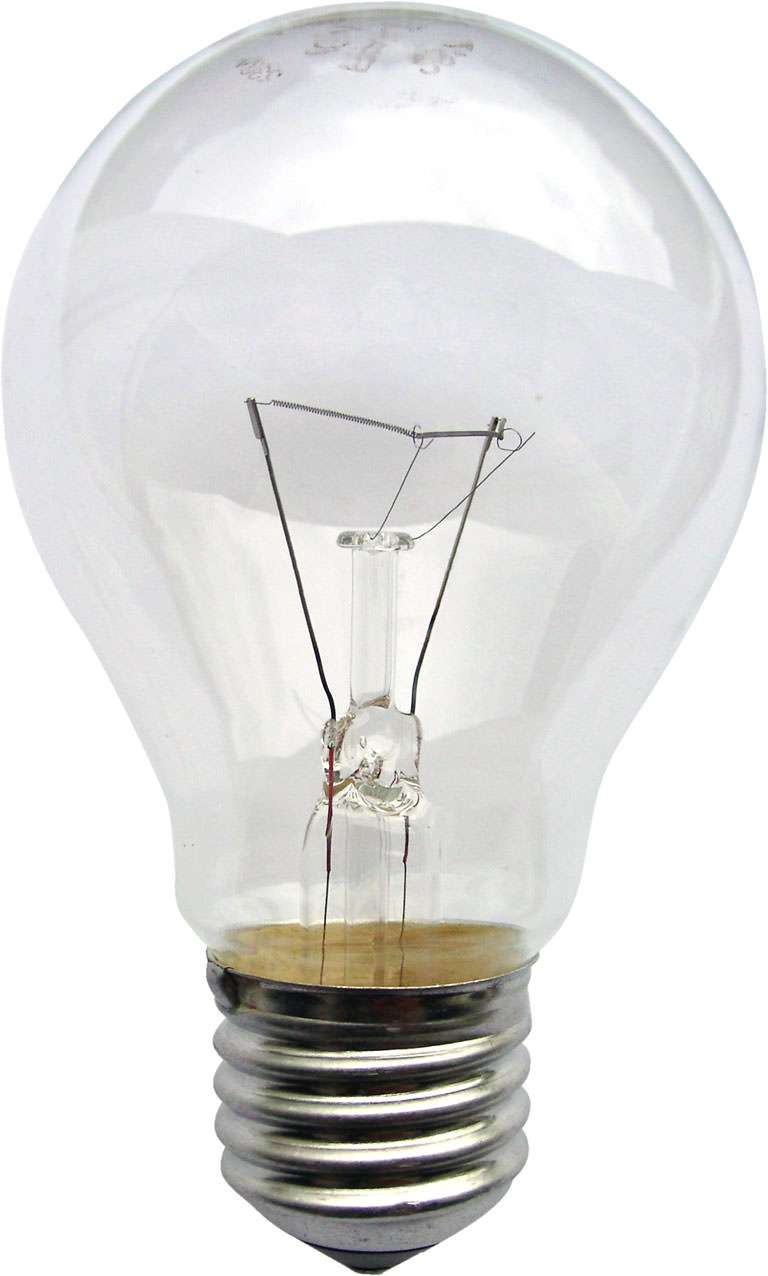Lights Out For America's Favorite Light Bulb
When industry and environmental groups claim that a regulation will solve all problems, consumers beware. It's probably green cronyism in disguise.


Happy New Year, America! Your favorite light bulb is now illegal.
Well, sort of. As of January 1, U.S. businesses can no longer manufacture or import "general service" incandescent bulbs—the most popular light bulbs in America. Consumers can still buy and use them while supplies last, but the remaining inventory won't be around for long. Home Depot says it will be out of the bulbs within six months. Some consumers have started to stockpile.
It's all part of the energy efficiency standards mandated by the Energy Independence and Security Act of 2007. The law already killed off the 100-watt incandescent bulb in 2012, followed by the 75-watt bulb in 2013. Now, in the final step of the phaseout, the minimum efficiency standards have effectively banned the ubiquitous 40- and 60- watt light bulbs.
The ban is crony capitalism in its most seductive form—when it's disguised as green.
Major light bulb manufacturers supported the ban from the outset. The profit margin on old-style bulbs was pitifully low, and consumers just weren't buying the higher-margin efficiency bulbs. New standards were needed, a lobbyist for the National Electrical Manufacturing Association told Congress in 2007, "in order to further educate consumers on the benefits of energy-efficient products."
So Philips Electronics and other manufacturers joined with environmental groups to push for tighter lighting standards. As the New York Times Magazine explained in 2011, "Philips told its environmental allies it was well positioned to capitalize on the transition to new technologies and wanted to get ahead of an efficiency movement that was gaining momentum abroad and in states like California." After much negotiation, a classic "bootleggers-and-Baptists" coalition was born. Industry and environmental groups agreed to endorse legislation to increase lighting efficiency by 25 to 30 percent.
Incandescent light bulbs, we're told, are vastly inferior to the newfangled alternatives available today. The compact fluorescents lamps (CFLs), LEDs, and halogen bulbs are an apparent no-brainer: They last longer and convert much more of their energy into light rather than heat, all while cutting back on your energy bill. (So, of course, the government must stop you from ever making the mistake of choosing the traditional bulbs.)
Except many consumers aren't buying it. The EPA estimates that, of the four billion light-bulb sockets in United States, more than three billion still hold incandescent bulbs. "By 2014, the traditional incandescent light bulbs… will be virtually obsolete," claimed a 2007 press release from former Sen. Jeff Bingaman, the ban's original sponsor. But according to the latest industry data, incandescents still make up nearly 65 percent of all U.S. light-bulb shipments.
Many consumers are turned off by the higher upfront costs of the alternatives. A single 40-watt LED bulb costs $7.50 or more, while a traditional incandescent bulb goes for around 40 cents. Some are finding that the CFLs don't last nearly as long as their supporters claim—especially if they are switched on and off frequently, or if they are attached to a dimmer switch.
The list of complaints about the "efficient" bulbs goes on: They are often slow to respond, sensitive to high temperatures, and can cast a harsh and unattractive tone. CFLs also contain a small amount of mercury, which requires extensive and careful cleanup when a bulb breaks.
And they may not be saving us much energy after all. The typical U.S. home uses no less energy per capita than it did in the 1970s, despite an onslaught of efficiency standards for everything from refrigerators and televisions to the amount of power consumed when appliances are in "standby mode." The money saved in the long run by using these appliances is often spent on even more power-sucking gadgets. And if light bulbs cost less to use, why not just leave the lights on longer?
The light-bulb ban is an example of how political coalitions are formed to force regulations on the general public that benefit a few large producers. A recent survey found that six out of every ten Americans are still in the dark about the latest bulb ban. Meanwhile, the dimwitted light-bulb policy just became the law of the land. The lesson here is straightforward: When industry and environmental groups claim that a regulation will solve all problems, consumers beware. It's probably green cronyism in disguise.


Show Comments (128)